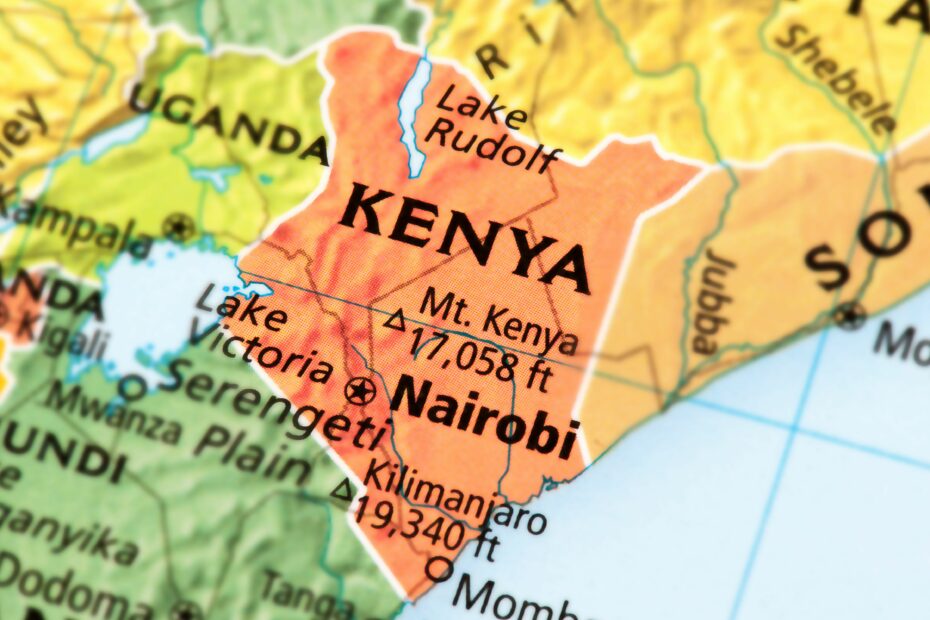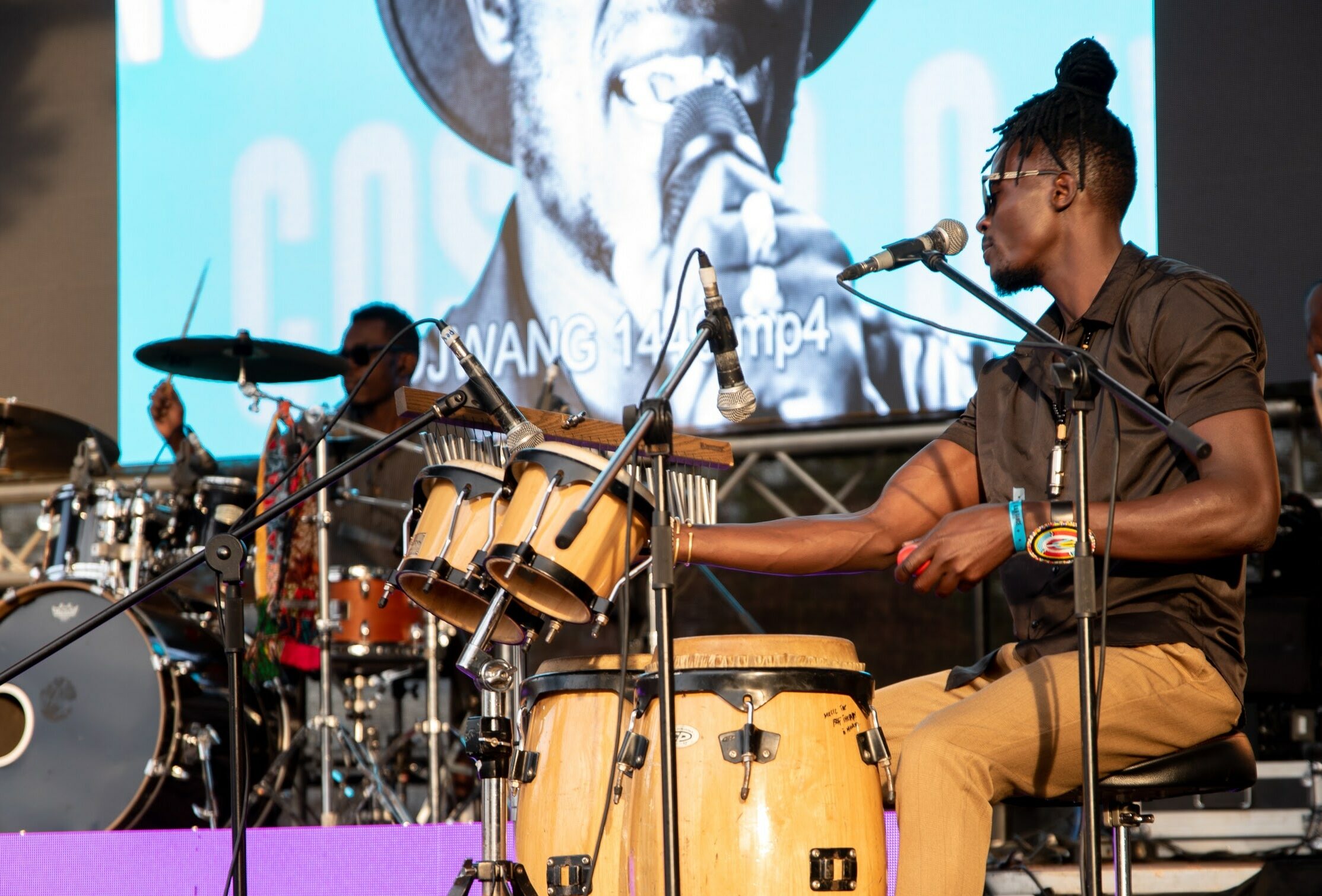Kenya, known for its stunning savannahs, sprawling wildlife, and vibrant cultures, is a beacon of diversity and resilience in East Africa. Strategically perched on the equator, this East African gem is a fascinating blend of diverse ecosystems and vibrant cultures. The landscapes, ever-changing and abundant, comprise sun-soaked savannahs that disappear into the horizon, snow-capped mountains standing as silent sentinels, and azure waters kissing pristine white sands along the coastline. Pair this with a cultural history from over 40 ethnic groups, each offering a unique thread to the Kenyan tale. This is Kenya, stripped of pretense and ready for exploration.
Geography and Climate
Kenya is seated at the Equator and features a wide range of terrains. From the coastal plains on the eastern shores lapped by the Indian Ocean to the central highlands dominated by the majestic Mount Kenya and the western plateaus that segue into the Great Rift Valley, Kenya’s landscapes are diverse and stunning. Read Also: East Africa’s hidden tourism treasures in the Indian Ocean
The climate varies considerably across the country, reflecting its varied geography. The coast enjoys a tropical climate with warm and humid conditions year-round, while the highlands are cooler and receive substantial rainfall. Conversely, the north and northeast regions are arid, characterized by a desert or semi-desert environment. The western interior is more temperate, with rainfall patterns making it conducive to agriculture. Kenya’s unique geography and climate contribute substantially to its rich biodiversity, making it a global hotspot for wildlife and flora.
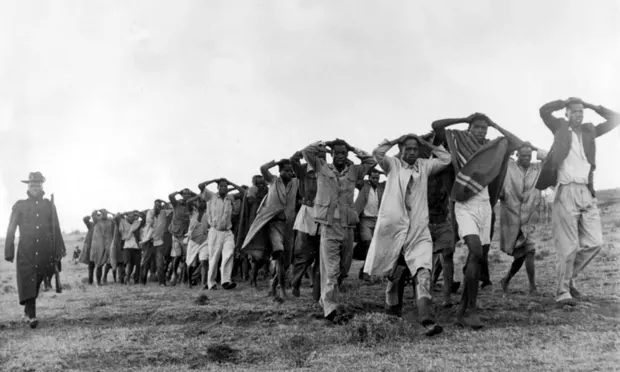
History of Kenya
The history of Kenya is as diverse and vibrant as its landscapes, stretching back millions of years to the dawn of humankind. Kenya’s history and heritage have seen it evolve through periods of early human settlements, Arab and Portuguese explorations, a violent stint as a British colony, and, ultimately, a resilient independent republic since 1963. The region is considered the cradle of humanity, with evidence of early Homo sapiens found at archaeological sites like Olorgesailie and Turkana.
In recent history, the region established numerous city-states by the 8th century, mainly due to the Indian Ocean trade network. The Swahili Coast, in particular, flourished, with tradesmen and explorers from Persia, Arabia, and India leaving a lasting influence on the area.
The 19th century was marked by the ‘Scramble for Africa,’ which saw the British establishment of the East Africa Protectorate in 1895. Kenya became a British colony in 1920, characterized by political, economic, and social oppression and exploitation.
The struggle for independence was a key period, with the Mau Mau uprising in the 1950s as a turning point. Kenya eventually gained independence in 1963, and Jomo Kenyatta became the country’s first president. Kenya has since continued to evolve, grappling with challenges and enjoying significant achievements in its post-colonial era.
Culture and Traditions
Kenya is a cultural mosaic, home to 44 distinct ethnic communities with unique customs, traditions, and languages. The Maasai, Kikuyu, Luo, and Luhya are among the most recognized communities whose traditions have been passed down through generations and still thrive today. The Maasai community, for instance, is known for its vibrant dress and intricate beadwork. The brightly colored shukas, worn by both men and women and the striking beadwork are not only aesthetically pleasing but are also a key aspect of their identity, often signifying social status and milestones.
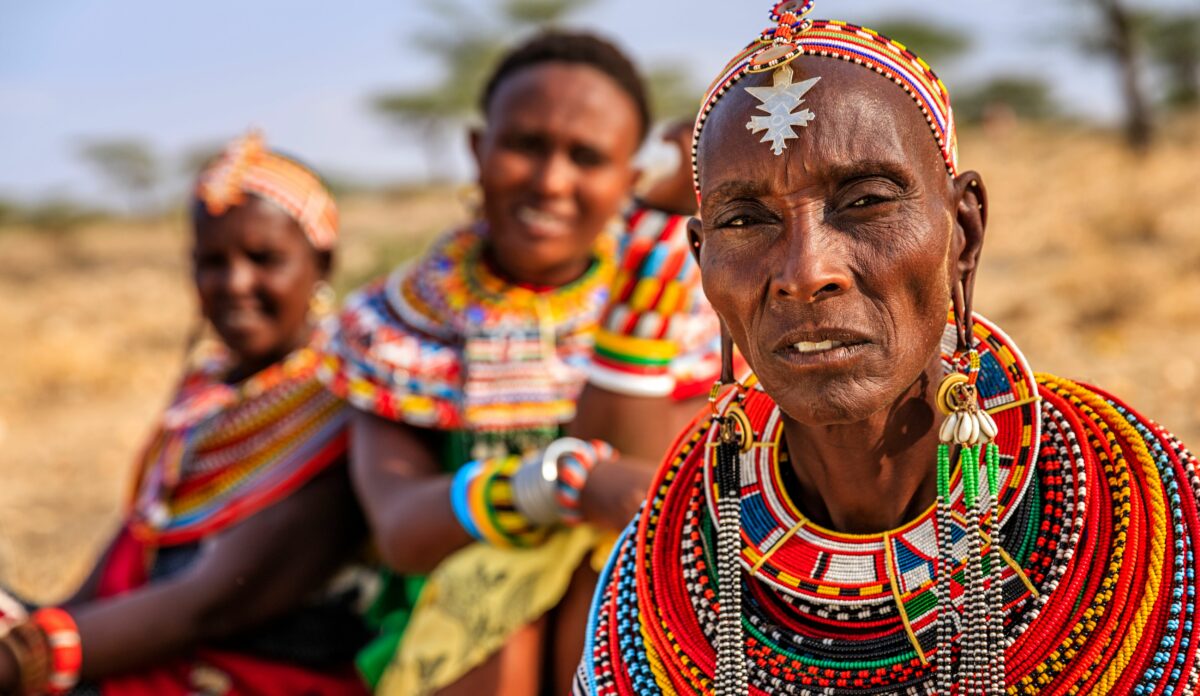
Kenyan Communities
You can say the same about other Kenyan communities, as there is a shared sense of cultural pride, and tradition is a common thread that ties the diverse ethnic communities together. The Kikuyu, the largest ethnic group, have a deep connection with land and agriculture, with the fertile soils of the central highlands playing a significant role in their livelihood and cultural practices. The Luo people, who are based around Lake Victoria, have earned a reputation for their vibrant oral traditions and music, and the Nyatiti lyre remains a potent symbol of Luo identity.
The Luhya community, which predominates in the western region, holds high esteem for its traditional Isukuti dance—a fast-paced, high-energy dance performed during significant community celebrations and events. These cultural expressions, among many others across the diverse Kenyan communities, are a testament to the shared pride in cultural heritage that transcends the boundaries of ethnicities in Kenya.
More and more Kenyan communities have unique ways of sharing and preserving their culture and traditions. From the Samburu and Turkana in the north, with their intricate pastoralist lifestyles, to the Giriama and Digo communities along the coast, each community adds a vibrant thread to Kenya’s cultural blend.
Contemporary Kenya
Kenyan communities also highly value oral traditions, with storytelling being a common way of passing down history, moral values, and life skills. Proverbs, riddles, and folk tales are integral to these oral narratives, often told under the moonlight or around a fire.
The cultural landscapes of Kenya are punctuated by numerous festivals and ceremonies that celebrate the country’s diverse traditions, history, and community life. These events, whether rites of passage, harvest festivals, or religious observances, are filled with music, dance, and vibrant displays of traditional dress. The Lamu Cultural Festival and the Maasai Mara Wildebeest Migration are some of the most prominent.
Religion is another integral aspect of Kenyan society, with Christianity and Islam being the most widely practiced religions. However, traditional beliefs and practices are still prevalent across many Kenyan communities, with a strong belief in the spiritual realm and ancestral reverence. This cultural fusion adds depth and color to contemporary Kenya, making it a unique modernity and tradition melting pot.
Swahili Language and Literature
Swahili, a Bantu language with Arabic influence, serves as a lingua franca across much of East Africa. It reflects the historical narrative of Kenya’s interaction with Arabic traders and settlers. Swahili literature, particularly in poetry and philosophical writings, is a critical cultural pillar showcasing the depth of Kenyan intellect and creativity.
With their twist, Kenyans have come up with sheng, a combination of Swahili and English, creating a unique language spoken by the youth in urban areas. This fusion language is an emblem of Kenyan urban culture, with its own set of slang, expressions, and cultural references.
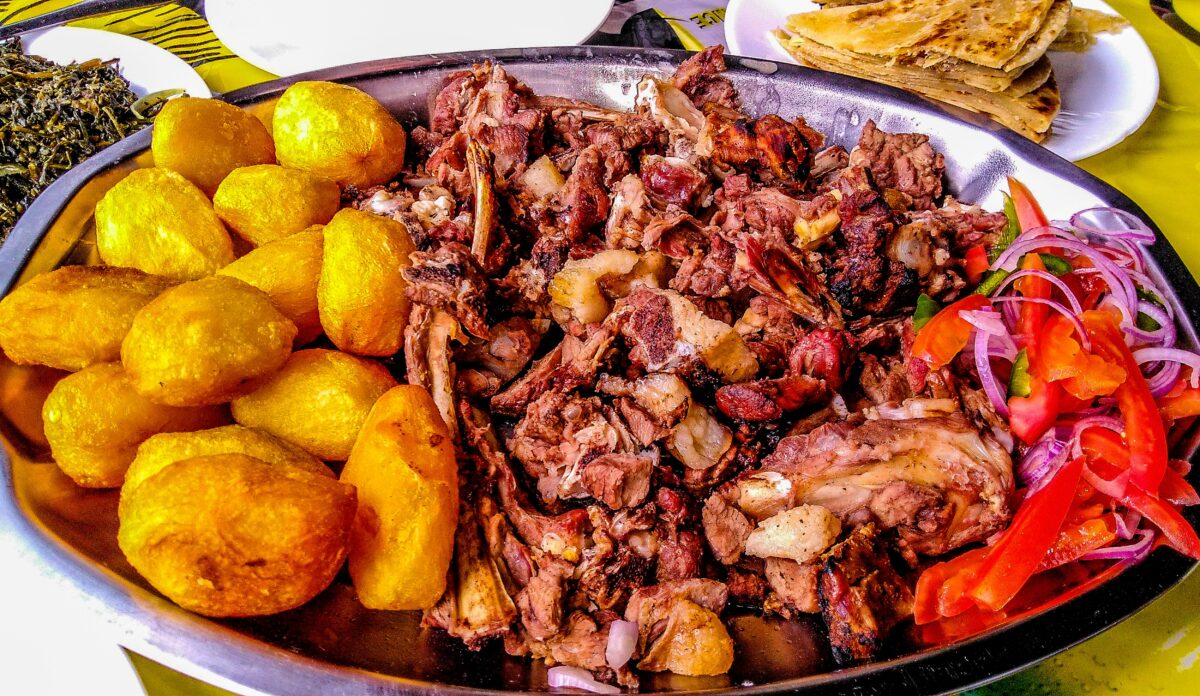
Food and Cuisine
Kenyan cuisine is as diverse as its cultural roots, an eclectic mix of flavors and styles drawn from numerous ethnic communities and the country’s historical influences. The staple food for many Kenyans is ugali, a cornmeal porridge typically served with stews, vegetables, and meats. Sukuma wiki, a collard greens dish often cooked with onions and spices, is another common accompaniment, a testament to the nation’s agricultural bounty.
Arab and Indian cultures particularly influence Kenyan coastal cuisine, with coconut, seafood, and various spices forming the core of many dishes. Swahili biryani, pilau, and samosas are popular, reflecting the coastal region’s historical trade ties with the Middle East and the Indian subcontinent. Read Also: 7 Kenyan dishes to savour while exploring the country
The Kikuyu people widely enjoy traditional dishes like githeri, a hearty stew of corn and beans, and irio, a mashed mix of peas, corn, and potatoes. The Maasai people, known for their pastoralist lifestyle, have a diet that heavily features meat, milk, and blood from their livestock.
The global community acclaims Kenyan tea and coffee. Chai, a spiced tea with milk, is fundamental to Kenyan hospitality. People often enjoy snacks like chapati, mandazi (doughnut-like), or savory samosa with a cup of chai.
Street food also forms a significant part of Kenya’s food culture, with dishes like nyama choma (grilled meat), mutura (Kenyan sausage), Bhajia (spicy fried potatoes), Smokie Pasua, Mayai Pasua, mshikaki (meat skewers), and roasted corn being popular choices. Kenyan cuisine, therefore, stands as a culinary testament to its people’s diverse heritage and lifestyle.

Tourism Attractions
Kenya is a treasure trove of natural beauty and cultural heritage, boasting attractions that offer an enriching and diverse tourism experience. The Maasai Mara Reserve is arguably Kenya’s most iconic destination. Known for its annual wildebeest migration, the reserve offers breathtaking views of wildlife in their natural habitat, including lions, elephants, giraffes, and zebras.
The Amboseli National Park is equally renowned for its large herds of elephants and unparalleled views of Mount Kilimanjaro. The Tsavo National Parks, split into Tsavo East and Tsavo West, are among the world’s largest game reserves, offering visitors the opportunity to enjoy solitude amidst vast wilderness.
Beyond the savannah, the coastal city of Mombasa presents a different facet of Kenyan tourism. Its exquisite white sandy beaches, historic forts, and vibrant Swahili culture make it a paradise for beach lovers and history buffs. The Lamu Archipelago, a UNESCO World Heritage Site, offers a unique blend of Swahili, Arabic, and European influences, with well-preserved historical buildings and traditional dhows dotting the seascape.
Inland, Lake Nakuru National Park is famous for its flamingo-filled shores, while the snow-capped Mount Kenya, the country’s highest peak, is a favorite among mountaineers. The Nairobi National Museum offers cultural enthusiasts a wealth of archaeological and paleontological treasures, while the Kazuri in Nairobi offers a chance to appreciate local craftswomanship.
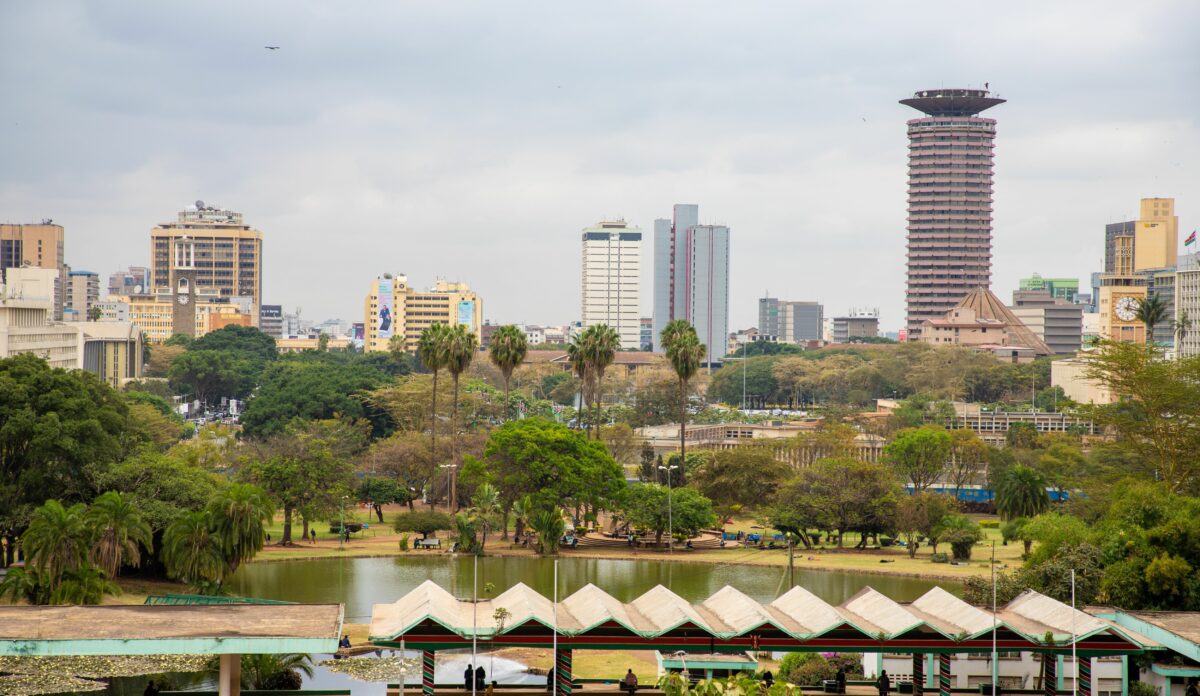
Economy and Industries
Kenya’s economy, the largest in East Africa, exhibits a blend of traditional production with a rapidly growing service sector. Agriculture remains the backbone of the Kenyan economy, employing most of the population and contributing significantly to the GDP. Key crops include tea, coffee, and horticultural produce, among the country’s leading export countries.
The service sector, particularly tourism, has emerged as a significant contributor to the economy. Kenya’s unique wildlife and beautiful landscapes attract visitors from around the globe, making tourism a significant source of foreign exchange revenue. Kenya’s less dominant manufacturing sector largely produces textiles, processed foods, and construction materials for domestic consumption and export.
The telecommunication industry has experienced exponential growth, largely due to mobile technology. Kenya is home to Safaricom, the company behind M-Pesa, a globally recognized mobile money transfer service. In recent years, there has been a concerted effort to develop the information technology sector, earning the capital city, Nairobi, the nickname “Silicon Savannah.”
Energy production is another vital industry with a focus on renewable sources. Kenya is Africa’s largest producer of geothermal energy and has also invested heavily in wind and solar power.
Despite recent global events having economic implications on Kenya, such as environmental issues, geopolitical tensions, and health crises, the country’s economy showcases the country’s best blend of agricultural tradition and cutting-edge technology. This unique combination creates a multitude of opportunities for growth and development.

